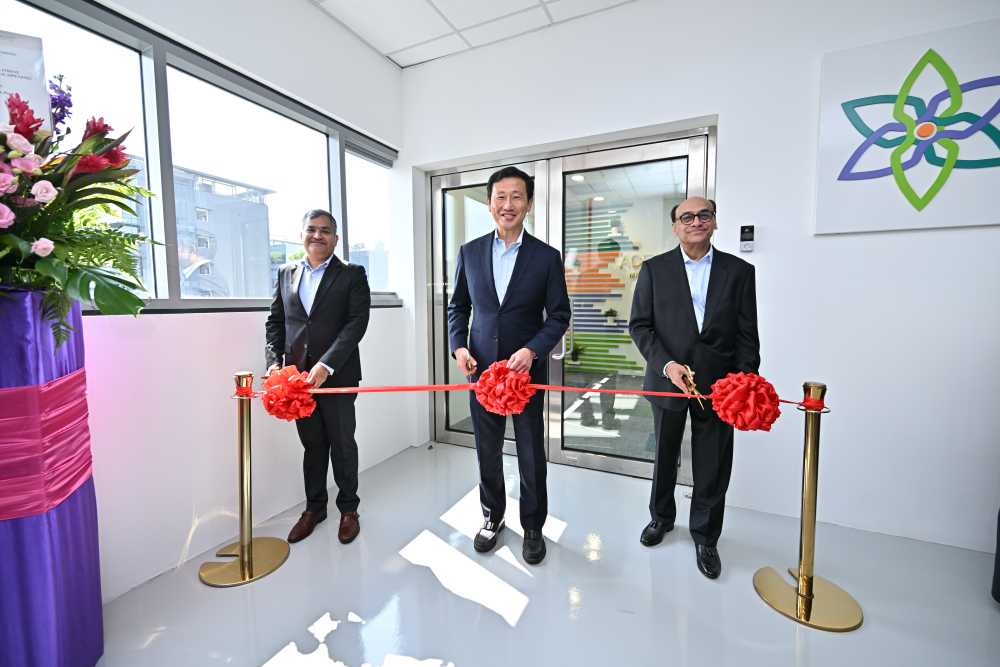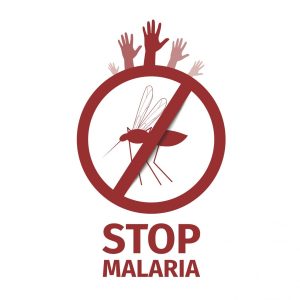In a notable development for the healthcare sector, Hilleman Laboratories has inaugurated a US$20 million vaccine production facility in Singapore.
This facility, located at Depot Road, is poised to play a crucial role in manufacturing and developing vaccines and biologics.
Establishment of a New Facility
Singapore’s health minister Ong Ye Kung attended the ceremony that marked the facility’s commencement on 9 November 2023. The facility is expected to enhance Singapore’s vaccine production capacity, especially during public health emergencies.
Manufacturing Capacity Enhanced
The Depot Road facility, encompassing 30,000 square feet, is now ready for operation. It will produce vaccines and biologics that adhere to both local and international standards. While its initial focus is on clinical trial materials for early-stage development, it is equipped to switch to emergency vaccine production when required.
Adaptability in Design
The ACES cGMP facility has been designed for adaptability. Its use of single-use systems allows for flexibility in manufacturing, accommodating various production demands without significant disruption.
Dr. Raman Rao, CEO of Hilleman Laboratories, has highlighted the facility’s potential impact. He stated, “The opening of the ACES facility marks a significant milestone in our commitment to advancing global public health through innovation and research. To date, we remain the only vaccine R&D and manufacturing organisation in Singapore capable of developing both drug substance and drug product (to fill and finish). We believe that Hilleman Laboratories is well-poised to share our expertise in vaccine and biologics manufacturing to foster local capabilities while bolstering Singapore’s resilience against disease outbreaks, especially those with a pandemic possibility,”
Supporting Global Health Initiatives
Beyond its manufacturing capabilities, Hilleman Laboratories aims to facilitate technology transfer to LMICs to improve global vaccine access.
Ms Jacqueline Poh of the Singapore Economic Development Board commented on the strategic importance of the new facility. Additionally, it reinforces Singapore’s role in vaccine development and manufacturing, expanding the region’s capacity to handle disease outbreaks. She stated “Hilleman Laboratories’ new GMP facility will build on its existing R&D presence in Singapore, to bring advanced vaccines and biologics development and manufacturing expertise to our ecosystem, and drive training and collaboration opportunities with our local institutions.”
Innovation in Vaccine Development
Hilleman Laboratories is investing in modern vaccine platforms, including mRNA and viral vectors. These efforts are part of broader collaborations to develop stable and effective vaccines suitable for addressing global health challenges.
The ACES facility also complements the R&D efforts at Biopolis, offering an integrated approach to biopharmaceutical development. This setup ensures a quick response to emerging health threats, maintaining public health security.
Future Prospects
Finally, the facility is expected to complete all commissioning and qualification processes by June 2024. Once fully operational, it will enhance Singapore’s ability to respond to pandemics and other health emergencies efficiently.
Therefore, with this development, Singapore continues to fortify its position as a key hub for biomedical sciences, contributing to the global fight against infectious diseases. Hilleman Laboratories’ new facility is a strategic investment in the future of vaccine development and pandemic preparedness.













